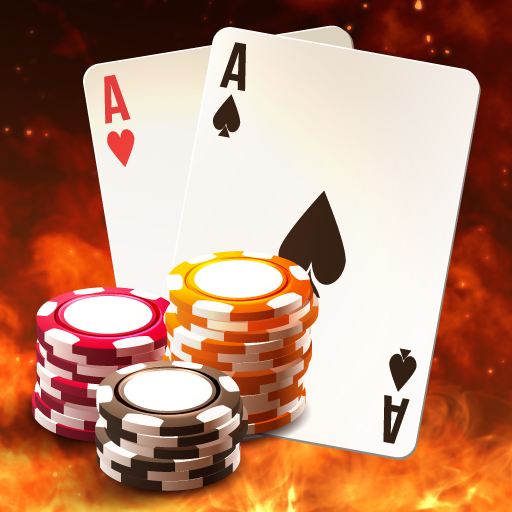
When playing poker, knowing poker terms is important. Here are some common poker terms that you may encounter. Limits of bets and raises. Limits for pot-limit tournaments. Bluffing. And finally, learn how to read a poker hand chart. Now, you’ll have the vocabulary to make the most of your poker games! But before we get started, let’s define some terms we’ll be using frequently. Here are some examples:
Common poker terms
Whether you are playing online poker or in a live game, it is important to learn some poker terms to improve your game. Poker terms are used in a variety of situations, from betting to negotiating strategy. A glossary will help you understand the lingo in poker. Once you have mastered the basics, you can practice your new skills by playing the game. Read on to learn about the most common poker terms and their meanings.
The first term you should learn about is the “bubble”. In a poker tournament, a player in the bubble position is a player who has missed out on any paying position. Another poker term is the “buy-in” – the amount you have to pay to enter a tournament game. If you are playing a cash game, all players share the same community cards. This means that everyone can use any of them. Also, you should know that the term “fish” refers to a poor player.
Limits of bets and raises in poker
In poker, limits of bets and raises govern the total amount of money that players may bet and raise in a given hand. Limits differ from poker variant to variant, but players generally stick to a certain amount when they are betting. In the US, limit poker is most popular. Limit games usually have a maximum bet amount per round and allow players to raise a maximum of four times in one round.
There are two basic types of poker limits. Fixed limit poker sets the limit at $20 or $30 for each round. Small and big bets are equal in value. In omaha or hold’em games, a big bet is twice as much as a small bet. In these games, the difference between big and small bets is expressed by “small slash big.”
Limits in pot-limit contests
Limits in pot-limit contests are similar to no-limit contests, with the only difference being the number of chips allowed to be raised per hand. Pot-limit games require that players bet a certain amount of chips before they can raise. They also allow players to carry a certain amount of chips at any time. In addition, limit players usually call a single bet on the flop, double-bet on the turn, and raise all in before the round is over.
Bluffing in poker
In poker, the success of a bluff depends on the opponents. Bluffing can be successful if you get other players to fold or call, but it doesn’t necessarily mean that you can always win by betting large amounts. When bluffing in a poker game, you must know your opponents and their behavior patterns. Knowing them intimately will give you a sense of confidence and knowledge. In this article, we’ll look at some of the basic tips on bluffing in poker.
The first step to bluffing in poker is to assess your opponent’s hand strength. Professional poker players often use their facial expressions to determine whether an opponent has a strong hand or is just bluffing. For instance, a bluffing player may give off the impression of having a strong hand by raising or betting when other players are weak. Using this information, you can bluff successfully by predicting your opponent’s hand strength.
